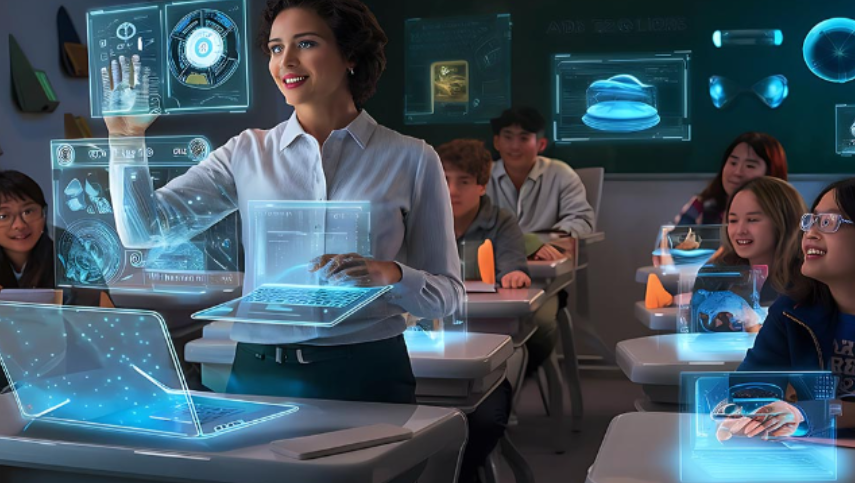How Tech Is Helping to Bridge the Education Gap
Technology has emerged as a crucial factor in addressing the education gap. Online learning platforms provide unprecedented access to quality education, especially for underserved communities. Interactive tools foster student engagement, while personalized learning approaches cater to individual needs. However, challenges persist, particularly in resource allocation for underprivileged schools. As educational disparities remain a pressing issue, understanding the full impact of these technological advancements becomes essential for future progress.
Online Learning Platforms: Expanding Access to Education
As the digital age progresses, online learning platforms have emerged as pivotal tools for expanding access to education, particularly in underserved communities.
By leveraging mobile education, these platforms ensure that learners can engage with content anytime, anywhere, fostering global connectivity.
Data indicates that such accessibility increases enrollment rates and educational attainment, empowering individuals to pursue knowledge and skills essential for personal and professional freedom.
Interactive Educational Tools: Enhancing Engagement and Retention
While traditional educational methods often struggle to maintain student interest, interactive educational tools have emerged as powerful solutions for enhancing engagement and retention.
Gamified learning strategies, integrated into virtual classrooms, foster active participation and motivation, leading to improved academic outcomes.
Research indicates that students using these tools demonstrate higher retention rates, illustrating the effectiveness of technology in transforming educational experiences and promoting a more dynamic learning environment.
Personalized Learning: Tailoring Education to Individual Needs
Personalized learning represents a significant shift in educational methodology, allowing instruction to be customized to meet the unique needs and preferences of individual students.
By leveraging adaptive assessments and learner analytics, educators can identify knowledge gaps and tailor content accordingly.
This data-driven approach empowers students, fostering autonomy and engagement while enhancing learning outcomes, ultimately bridging the education gap through targeted, individualized support.
See also: How Tech Is Helping Combat Climate Change
Resources for Underprivileged Schools: Bridging the Funding Divide
The disparity in educational resources significantly impacts the effectiveness of personalized learning initiatives, particularly in underprivileged schools.
To bridge this funding divide, schools can leverage various grant opportunities and corporate sponsorships.
Data indicates that targeted funding not only enhances technological access but also fosters innovative educational programs, ultimately empowering students and promoting equity in learning environments.
Such initiatives are vital for sustainable development in education.
Conclusion
In conclusion, technology’s role in bridging the education gap is transformative, offering unprecedented access and personalization. While skeptics may argue that technology cannot replace traditional teaching methods, data indicates that blended learning approaches significantly enhance student engagement and outcomes. Visual representations, such as data charts illustrating improved test scores and retention rates, underscore the efficacy of these digital tools. Ultimately, the integration of technology in education empowers underserved communities, fostering equity and driving sustainable development.




